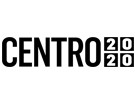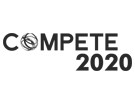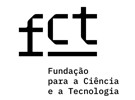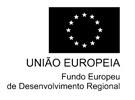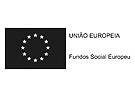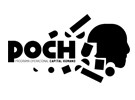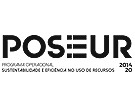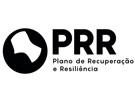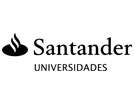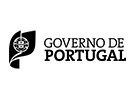


Publication in the Diário da República: NI n.º1417|EAB|ESTT|2011
5.5 ECTS; 3º Ano, 1º Semestre, 30,0 T + 30,0 P , Cód. 910032.
Lecturer
(1) Docente Responsável
(2) Docente que lecciona
Prerequisites
Concepts of biochemistry and cellular biology.
Objectives
The students must acquire knowledge in the area of genetic engineering by learning the fundamental concepts of
molecular biology, genetics, and the applications of recombinant DNA technology.
Program
The course?s aims are the study of the main concepts in molecular biology, of the methods used on the cloning and analysis of genes and their products and of the applications of these methods. Moreover, this course aims to develop the student?s skills regarding the planning, utilization and exploration of relevant molecular technics and approaches
After completing this course the students should be able to:
(a) understand the recombinant DNA technology and use it on the overproduction of recombined proteins and on the regulation of gene expression;
(b) perform the molecular biology technics used on the analysis of genes and their products and the technics of DNA amplification in vitro. Understand the basic aspects of the production of genomic libraries. Explore the applications of bioinformatics.
(c) understand the relevance of the genetic engineering in the areas such as biopharmaceuticals? industry, environment, agriculture and medicine. Recognize the social and ethnic impact of the genetic engineering?s applications.
Introduction to classical genetics. Ethical and social issues and safety of genetic engineering.Molecular biology: DNA structure, mechanisms of DNA replication, repair and recombination; Transcription; Genetic code and translation; Regulation of gene expression; Cellular distribution of proteins.
2. Cloning of genes: Enzymes acting on nucleic acids; cloning vectors, plasmids, phages, and cosmids; introduction of recombinant DNA into living cells and clone selection; typical examples of cloning; Instability of r-plasmids; Genomic banks; Expression vectors.
3. Super-expression, detection and purification of recombinant proteins.
4. Analysis methodologies of genes and their products: DNA electrophoresis; restriction maps of DNA; Southern, Western and Northern blot; Footprinting; S1 nuclease mapping and primer extension; Immunoprecipitation; DNA sequencing methods; Bioinformatics and its applications; classical PCR and real time PCR.
5. Example applications of genetic engineering.
Evaluation Methodology
Final written test (60%), presentation and discussion of a practical assignment (15%) and reports on laboratory activities (25%).
Bibliography
- Rehm, H. (1993). Biotechnology ? Genetic Fundamentals and Genetic Engineering. (Vol. 2). New York: VCH Publishers INC
- Videira, A. (2001). Engenharia Genética ? Princípios e Aplicações (Princípios básicos - Cap I a VIII),. Lisboa: Lidel-Edições Técnicas
- Mateus, D. (0). Sebenta de Engenharia Genética. Acedido em 2 de fevereiro de 2015 em www.e-learning.ipt.pt
- Mota, M. e Lima, N. (2003). Biotecnologia ? Fundamentos e Aplicações (Genética aplicada- Cap VI e VII). Lisboa: Lidel-Edições Técnicas
Teaching Method
Lectures and laboratory sessions focused on solving practical exercises and performing laboratory activities.
Software used in class

